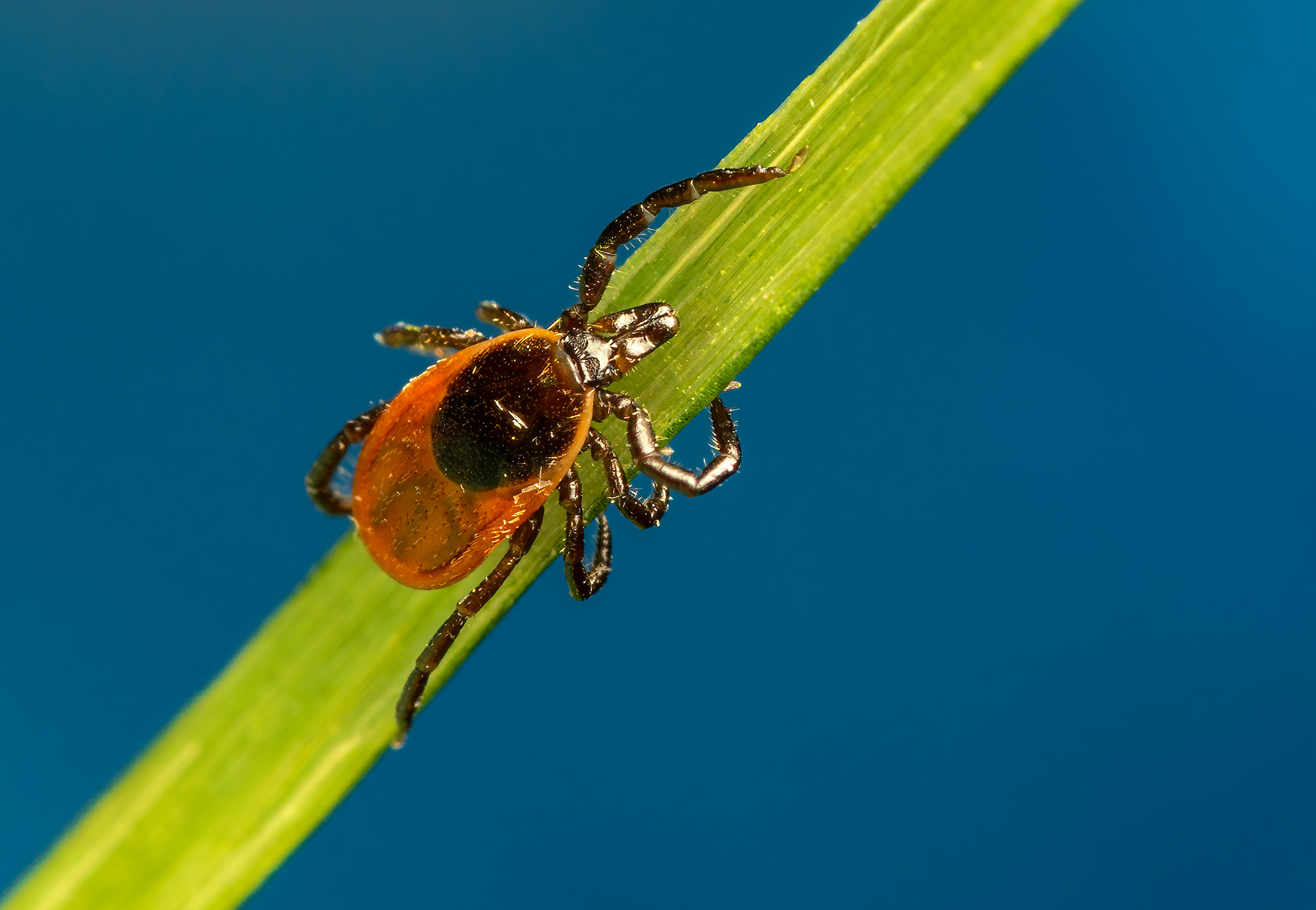GREY-BRUCE – Now that spring has sprung, ticks have become active. If bitten by a specific tick (blacklegged tick – deer tick), you may be at risk of getting Lyme disease.
Lyme disease is caused by the bacteria B. burgdoferi, which can be transmitted from a blacklegged tick to a person.
“The likelihood of encountering a blacklegged tick in Grey-Bruce has increased over the years. The number of cases of Lyme disease in the province has also been increasing,” says Andrew Barton, program manager for the Grey Bruce Health Unit.
“The best way to prevent Lyme disease is to avoid being bitten. Checking for ticks is also important as prompt removal reduces your risk significantly.”
The Grey Bruce Health Unit is advising people who wish to identify ticks to use the free online platform eTick. A free mobile application is also available to simplify submissions.
The National Microbiology Laboratory in Winnipeg is no longer offering tick testing following a tick bite. Tick identification through the provincial laboratory can take several weeks and is not intended to be used for diagnostic or treatment purposes; rather its purpose is for epidemiological surveillance.
Health Quality Ontario has developed a Clinical Guidance Document for the management of tick bites.
Public Health follows up with all individuals diagnosed with Lyme disease, a reportable disease in Ontario. If caught early, Lyme disease can be treated effectively with antibiotics.
Early symptoms can include fever, headache, muscle and joint pain, fatigue and a bull’s-eye rash. Consult your doctor if you experience any of these symptoms.
Ticks are most often found in forests, wooded areas, shrubs, tall grass and leaf piles.
The Ontario Lyme Disease Map shows locations where blacklegged ticks have been identified or where people are more likely to come across infective ticks. It is important to remember that tick encounters are still possible in many areas across Grey-Bruce that offer ideal tick habitat.
- Wear light-coloured clothing;
- Tuck your shirt into your pants and pants into your socks and wear closed-toe shoes;
- Use bug spray with DEET or Icaridin according to manufacturers’ directions;
- Walk on clear paths;
- Consider using a sticky roll brush to remove ticks from clothing prior to getting into your car;
- Shower or bathe shortly after being outdoors;
- Check your full body, children, gear and pets for ticks;
- Putting your clothes in a hot dryer for several minutes has been found to kill ticks.
If bitten by a tick, it’s important to remove it immediately. Ticks that have been attached for less than 24 hours are not likely to transfer the bacteria causing Lyme disease.
Use clean, fine-point tweezers to remove an attached tick by grasping its head as close to the person’s skin as possible and slowly pulling it straight out – gently but firmly. It’s important to not crush or damage the tick because it could cause Lyme bacteria to pass from the tick to your bloodstream.
If mouthparts remain in the skin, try removing them with tweezers. If they cannot be removed, leave them alone and let the skin heal.
The bite area should be washed with soap and water or an alcohol-based sanitizer.
More information on protecting yourself against tick bites and preventing Lyme disease is available on the Grey Bruce Health Unit website.




